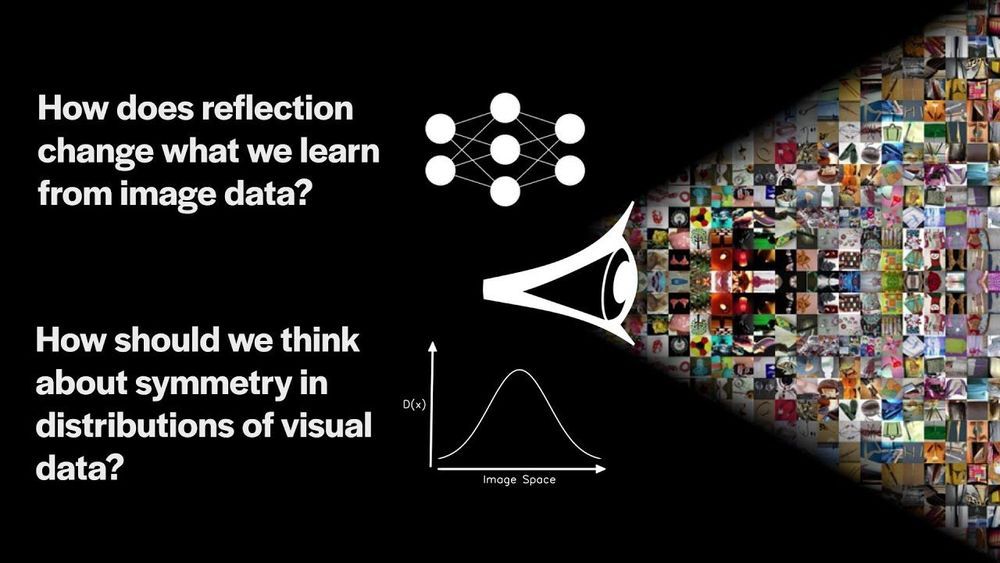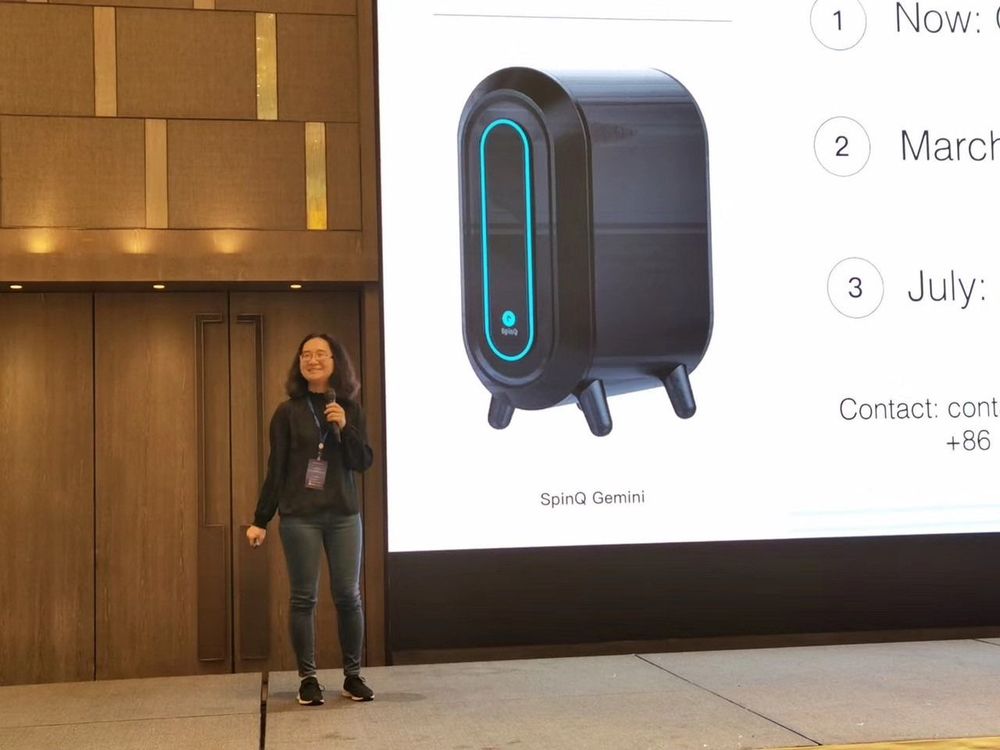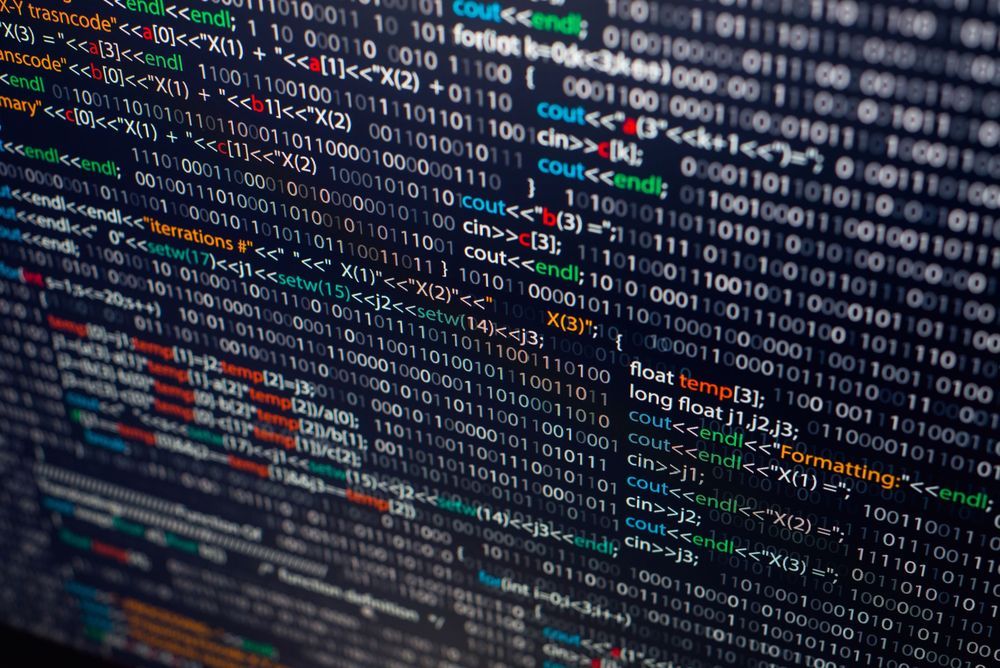Jul 6, 2020
How AI Sees Through the Looking Glass: Things Are Different on the Other Side of the Mirror
Posted by Genevieve Klien in categories: information science, robotics/AI, transportation
Text is backward. Clocks run counterclockwise. Cars drive on the wrong side of the road. Right hands become left hands.
Intrigued by how reflection changes images in subtle and not-so-subtle ways, a team of Cornell researchers used artificial intelligence to investigate what sets originals apart from their reflections. Their algorithms learned to pick up on unexpected clues such as hair parts, gaze direction and, surprisingly, beards – findings with implications for training machine learning models and detecting faked images.

















